In the afternoon of Thursday, September 28, residents living close to the Tillingham river in Rye noticed that the water had turned a nasty black colour, was letting off a foul odour and reported seeing dead fish, both large and small, floating on the surface or washed up on the banks. The situation was reported to the Environment Agency, who manage the river, and they were on the scene quickly to assess the situation.
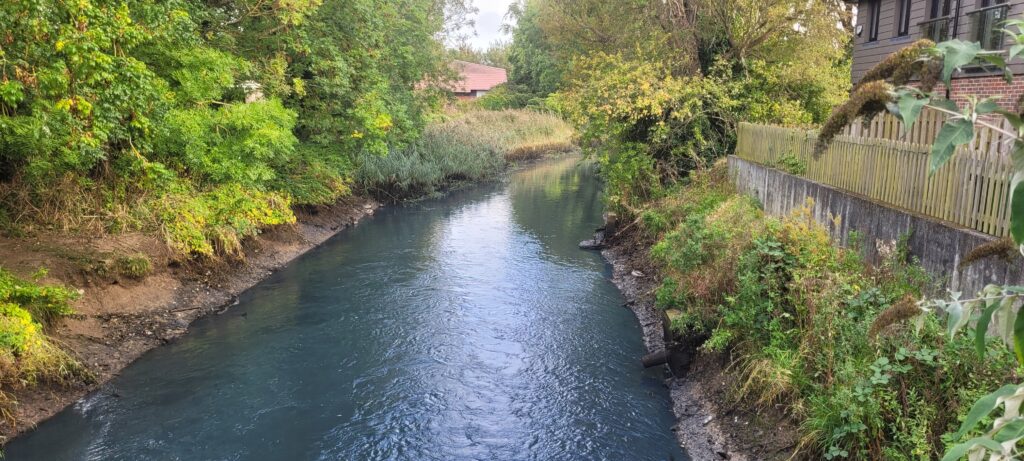
The unusually low and fast flowing water was because of the sluice gates at Strand Quay being opened so water was flowing rapidly towards the Rother and thence to Rye Harbour. After a few hours, the water then turned a strange blue-grey and finally a whiteish-grey as the flow slowed.
Many local people gathered on Ferry Road bridge, concerned that this event might be related to the ongoing problem with the water mains leak and Southern Water’s attempts to locate and repair it. There were fears that, due to the colour and odour of the water, that there may have been a sewage or agricultural waste discharge into the river.
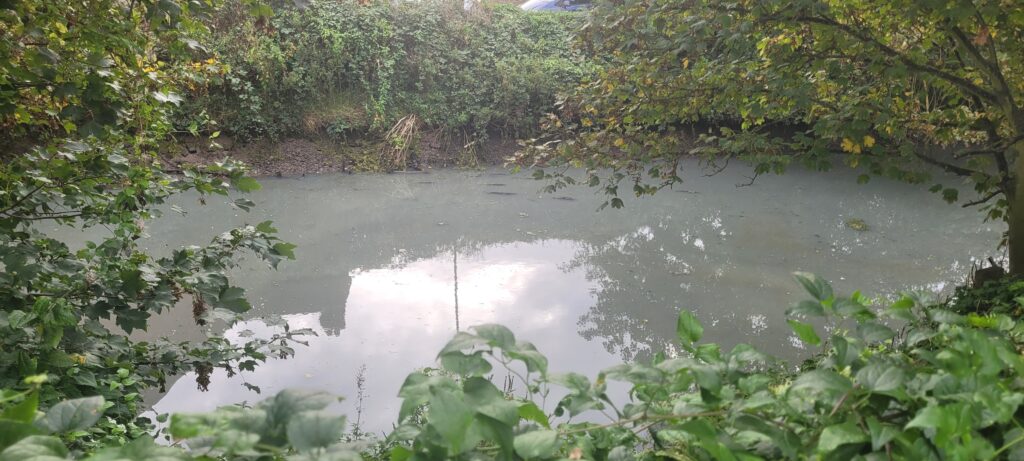
Southern Water was contacted by many residents, as well as by Helena Dollimore, Labour parliamentary candidate for Hastings and Rye and Sally-Ann Hart MP, for information. Southern Water sent representatives to the scene and they, along with the Environment Agency, took samples and tested the water along several points of the river.
Southern Water issued a statement informing the public of their initial test results:
“We have received numerous reports today of discoloured water along with dead fish and sheep at Rye Harbour and the River Tillingham in East Sussex.
“We take pollution concerns like this very seriously and have taken numerous samples at various locations. Our samples have indicated that ammonia levels are not at levels that would cause concerns. We have also investigated all our assets and can confirm that this is not related to any of our operations.
“This has no relation to any of the issues relating to water supply in the area either. We will continue to support the Environment Agency in their investigation.”
The Environment Agency have also confirmed that this event was not sewage related but continues to investigate. In a statement they said:
“We were made aware of an incident at Rye on the River Tillingham on Thursday. Our officers attended site to investigate and reported a small amount of dead fish, but no fish in distress.
“The river has a bluish tint, and initial investigations point to a natural event, which has caused low dissolved oxygen levels resulting in some fish deaths.
“Our investigations continue. It is possible that more dead fish may appear on the surface as they wash further downstream.
“We thank the members of the public who reported this incident to us via our free 24-hour incident hotline on 0800 807060.”
Black, bluish or grey water and foul odour can be a sign of low dissolved oxygen in rivers which is often caused by the movement of rotting vegetation and organic material from the banks or bottom of the river. Low dissolved oxygen in water can adversely affect fish.
On Friday September 29, the river water had returned to its usual colour and the unpleasant smell had gone.
After speaking to the Environmental Agency (EA) staff at Scots Float, Anthony Kimber of REACT explained:
“The pollution incident on the Tillingham was caused by a water level management issue. For technical reasons the EA reduced the level of the Tillingham. After a period of relatively low flows in the river, the action dislodged silt and the bacteria (organic material). The latter became suspended in the lower Tillingham and natural processes resulted in the bluey-grey appearance and smell. Some fish were affected and died, but most would have swum upstream to clear water. Once the EA had seen the impacts, levels were readjusted to correct the situation. The EA notes that Southern Water systems did not contribute to the incident. Experts note that the bacteria in rivers like the Tillingham is related to the national debate about river water quality. They are looking to see how the situation in the Tillingham can be avoided in the future.”
It will be of great interest to local people to hear what the results of the EA’s water testing will be and what, if any, further action will be taken.
Image Credits: Juliet Duff .



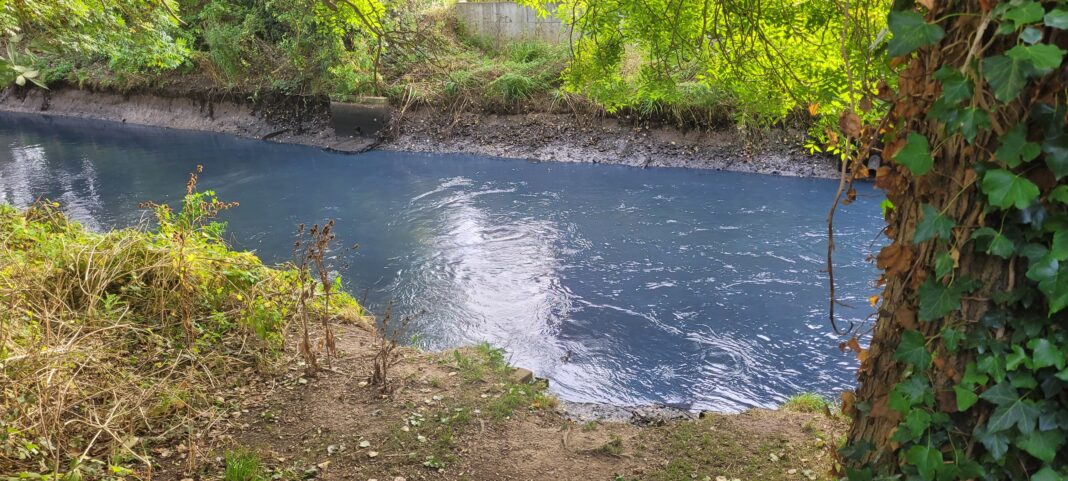
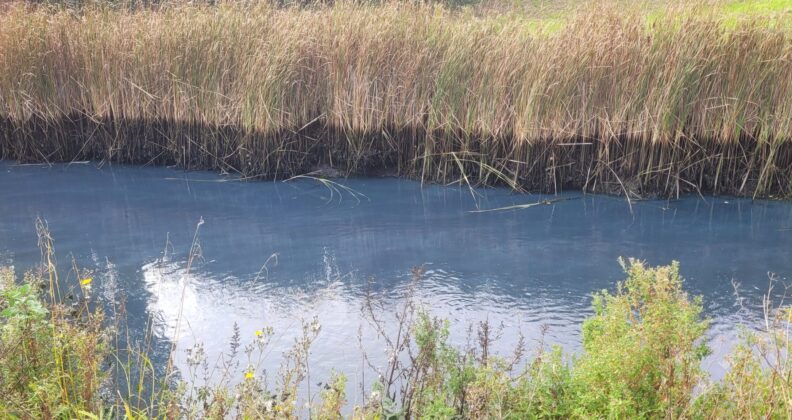
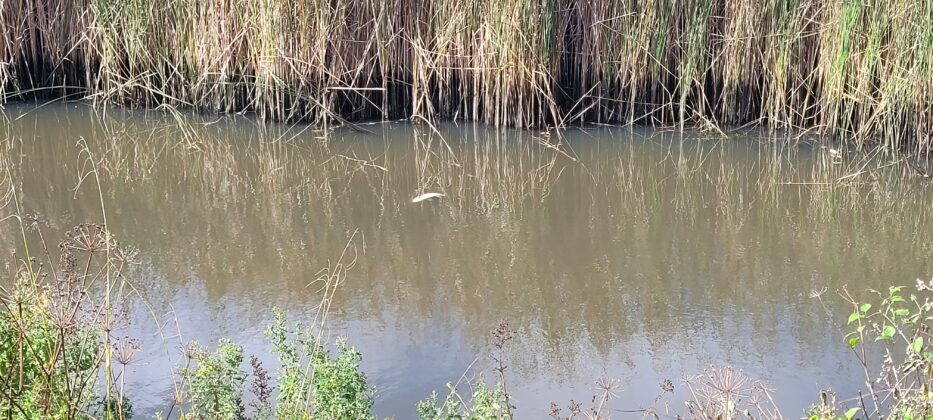
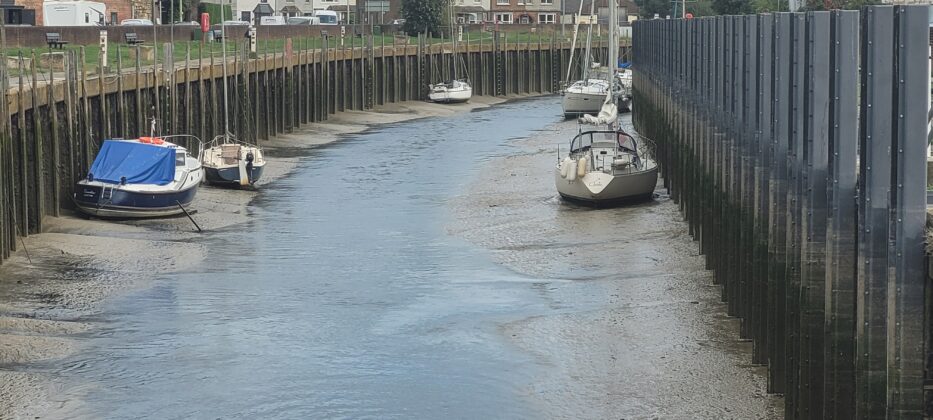
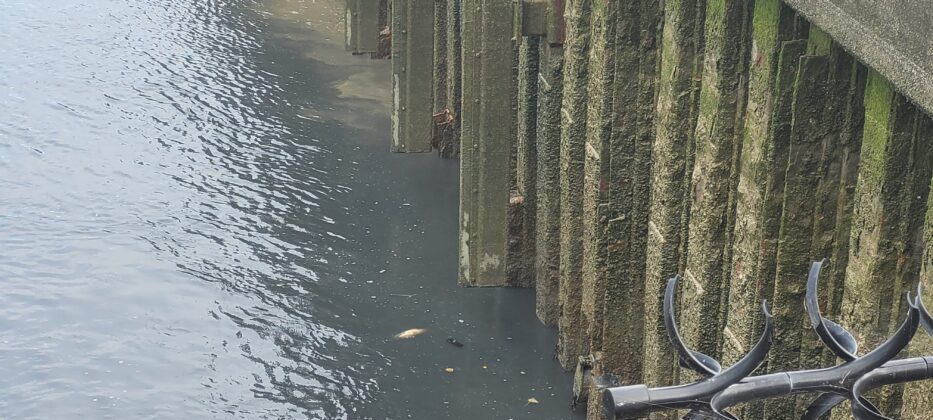
The water looks very much the same as it used to look while the river board were dredging with a drag line and stirring up the black mud that lines the rivers.
The mud once it’s dug up also smells very much like the river did last week.
As of yesterday there was still a dead sheep and a large fish trapped up against the wall on the Tillingham side of lock gates.
As soon as I saw the first picture..I assumed the smell and colour were due to the low level of the water..
Which was confirmed by reading the article..
Rotting vegetation on river beds always looks and smells disgustingly..when water levels are so low…
Pleased that the appropriate authority are investigating and testing the water ..